Eurowhite is the name for a particular style of airline livery which you definitely know. It usually consists of an entirely white plane, with a company logo on the tail or a solid colour that wraps around under the fuselage.
Once common cheatlines are banished to the past and are only spotted today when airlines do a retro livery. Swishes, curves, swirls and two-tone paints are sadly all gone too, despite some of them being very beautiful. So, who is to blame for all this white?
Eurowhite Examples
We are living in an era of peak Eurowhite, as it seems like everyone is using it these days. There are good reasons for doing so. For starters, white paint reflects heat better, which is good for the environment. How? Less air conditioning is required both in the air and on the ground to keep the plane cool.
Eurowhite Ground Zero
Once upon a time, there was a French airline called UTA (Union de Transports Aériens). This was the largest privately owned airline in France, coming about in 1963 thanks to a merger between UAT (Union Aéromaritime de Transport) and TAI (Transports Aériens Intercontinentaux). I see acronyms were in vogue back then, but I digress. Check out their scheme, introduced on delivery of the Douglas DC-10 in 1973.
Overall Thoughts
Purists will probably claim that Eurowhite started with Air France. The aircraft is painted completely white, with just the tail design and airline name.
My personal view is that UTA is the real genesis for this type of scheme. It is the first international carrier to move in that direction, if not technically first with all white. They are, I believe, first with the tail colour extending down the fuselage.
Whether you love it or hate it, Eurowhite is here to stay. What do you think of these types of liveries? Also, which of the three gets your vote as being first? Thank you for reading and if you have any comments or questions, please leave them below.
To never miss a post, follow me on Facebook, Twitter and Instagram.
All my flight and lounge reviews are indexed here so check them out!
Featured image by Christian Volpati on AirlineFan.com via Wikimedia Commons.
Qantas by Li Pang via Wikimedia Commons, Lufthansa via Lufthansa, and Aer Lingus via Aer Lingus.
UTA Douglas DC-10 via UTAFrenchAirlines on Facebook.
Air France Airbus A300 by Michel Gilliand on Airliners.net via Wikimedia Commons.
Air West Douglas DC-9 via Pinterest.

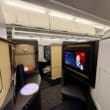
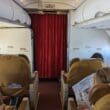
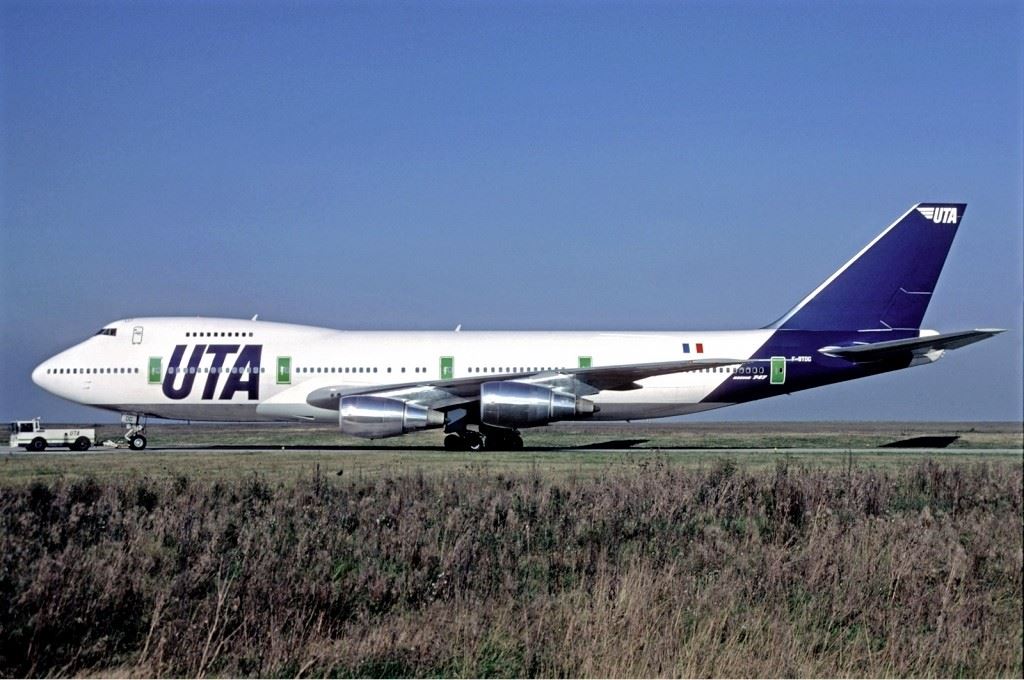
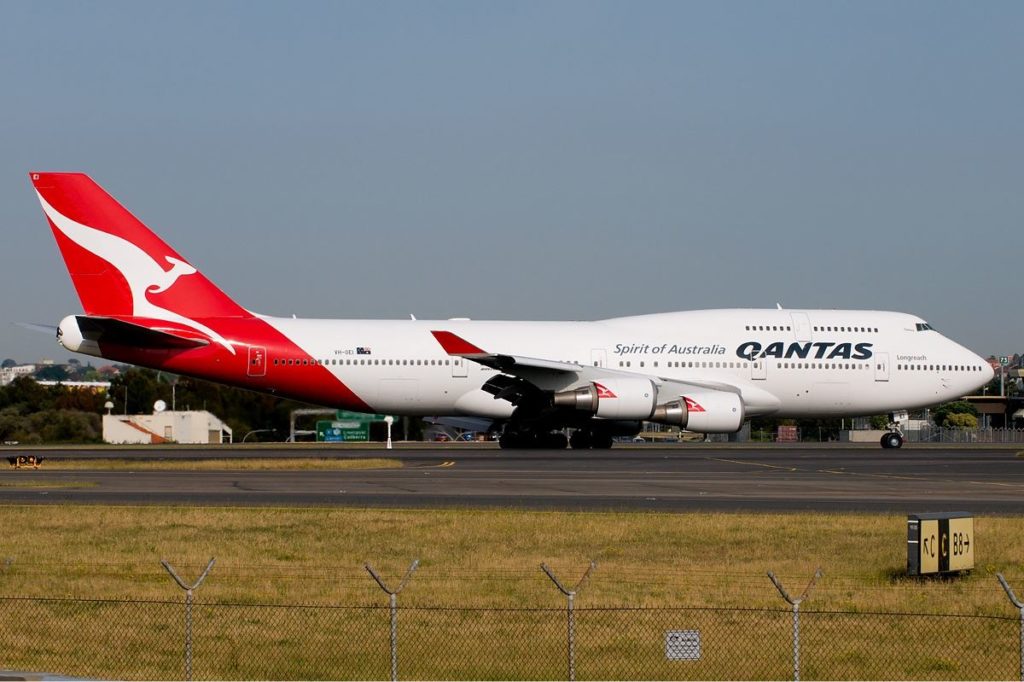
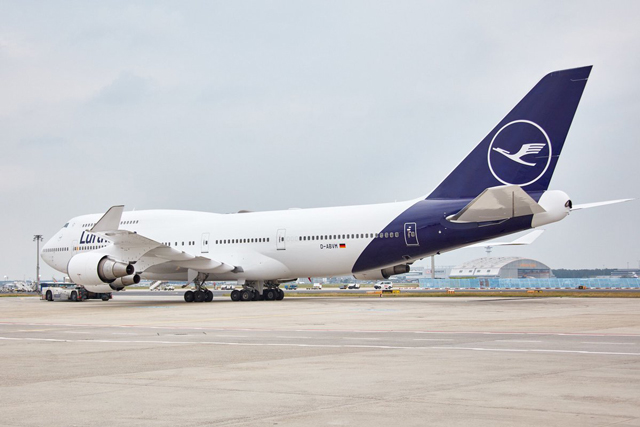
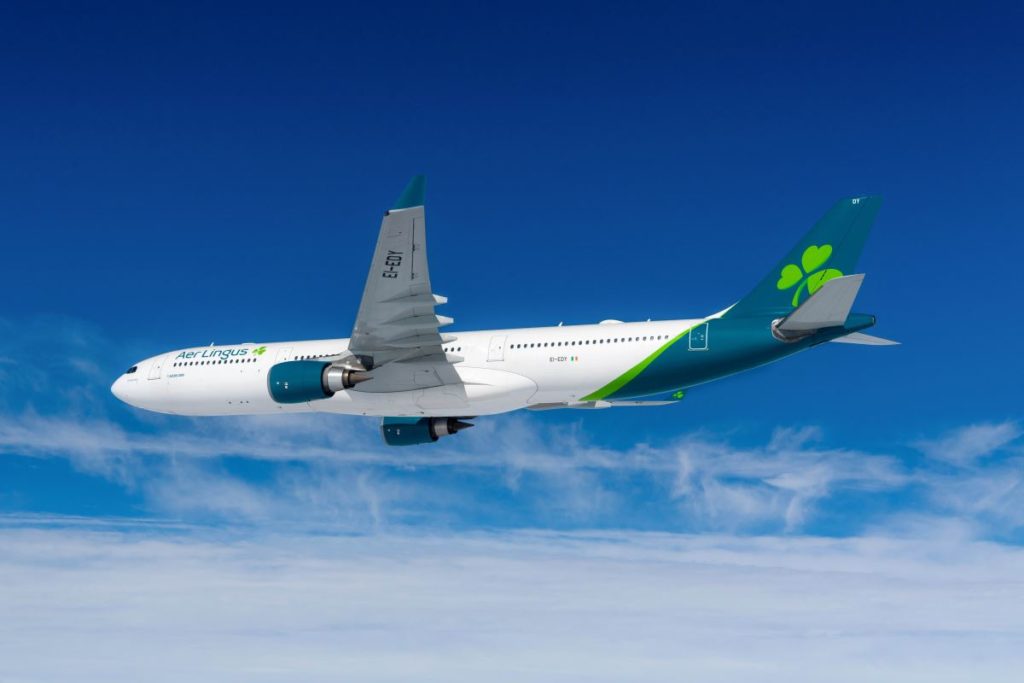
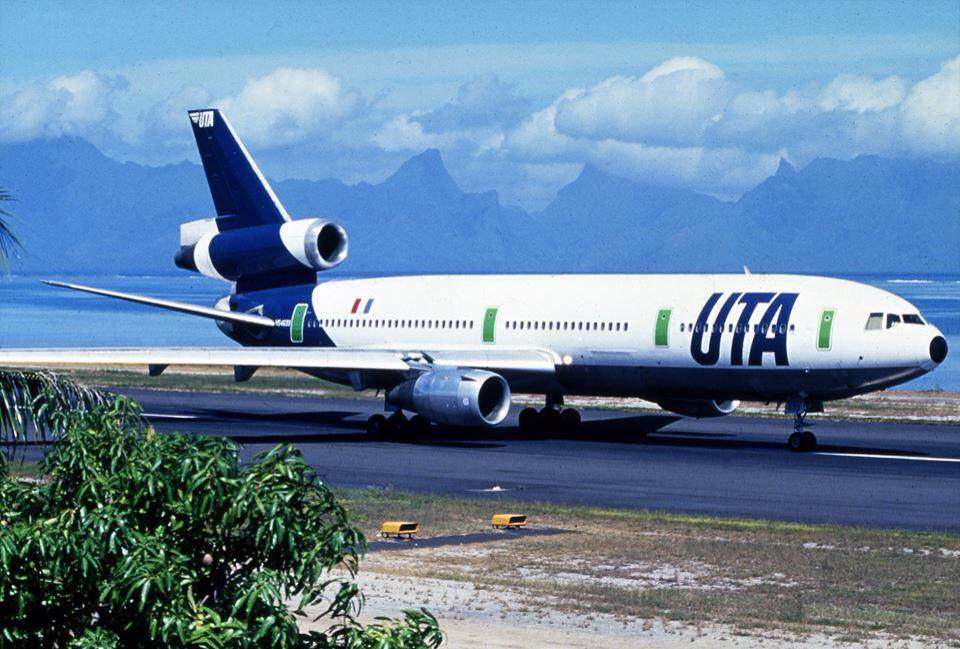

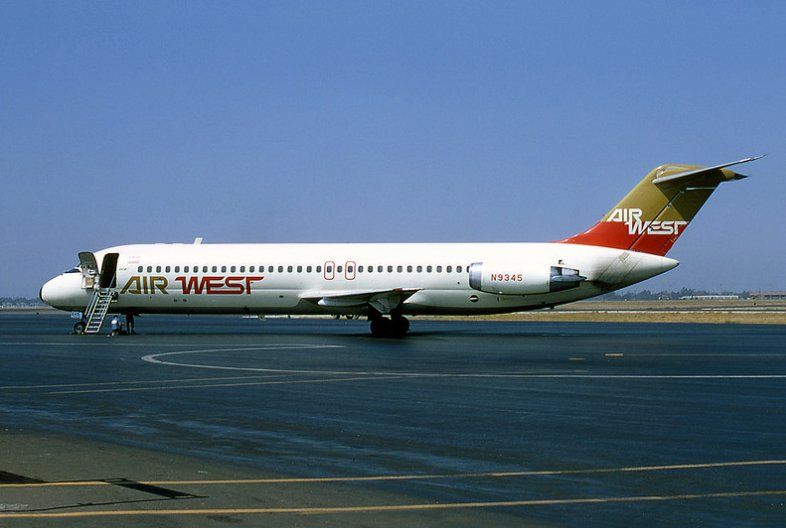


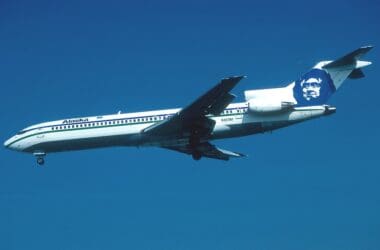
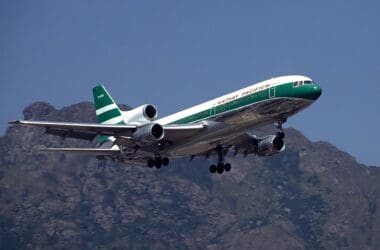
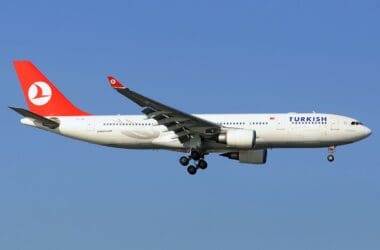
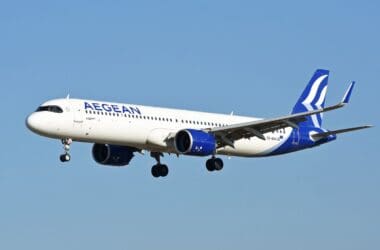

I actually flew UTA back in the 80s once. Not a bad flight at all. LAX-PPT-AKL-PPT-LAX, very lightly loaded between Tahiti and New Zealand, and even fewer passengers disembarked in Auckland, as the flight continued on to SYD.
Nice that you’ve flown with them. I remember seeing the UTA aircraft in Sydney as a kid, so they’ve always been around in my mind anyway. Thanks for the comment!
Not to get nit-picky, but OK I will anyway. You state that UTA was the first “international” carrier to move in that direction but Air West was also an international airline with flights to Canada and Mexico in 1968, So maybe “intercontinental” would be the better word. All right, sorry to be “that guy”. The thing is though that the earliest Eurowhite liveries were interesting because the trend was young and fresh and different at the time. Av-geeks of today seem to get excited when a new livery features a cheat line because old is new again.
Nit-picky is always welcome here as I like to get the little details right. When I was researching this, all the results kept saying UTA introduced the livery in the early 1970s. I had to put in a little work to find out it was 1973 with the Douglas DC-10. Not that anyone cares, early 1970s would probably have sufficed, but I like to be exact.
I had no idea about Air West crossing the border, so that is really good information to know. I think you’ve hit the nail on the head there. I imagine the avgeeks of the 1960s were all moaning, “Another boring cheatline! Ugh!”. Thanks for pointing that out, really appreciate it!
I would actually like to know why it is called Euro White. Was it a specific Pantone paint code, or is there some other reason behind it
I believe it is just because it started with a European carrier. I don’t believe it has anything to do with the paint colour. Happy to be corrected if I’m wrong though! Thanks for the comment.
Ah. That makes sense as well. The stress of this bloody virus slows the brain down 🙂
That’s quite alright! Stay safe.